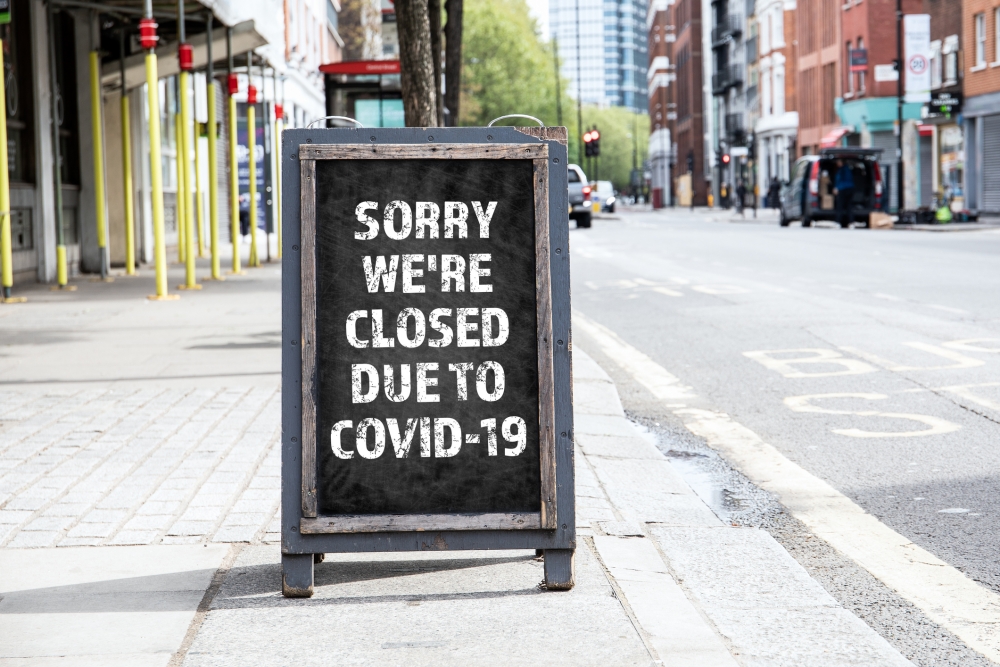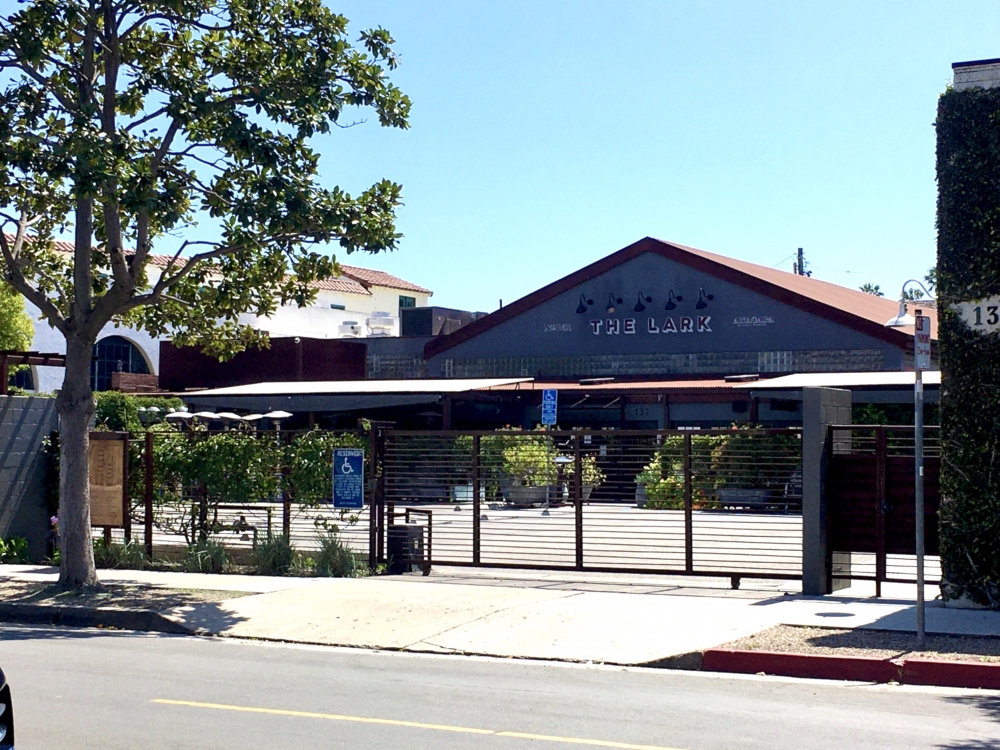A Bleak Picture

For a community whose economy relies in large part on the hospitality industry, the news is especially dire: It will take years for hotels, restaurants and other, related businesses to recover from the coronavirus pandemic.
“Locally, we’re very hard-hit — the two sectors that really get hit first in this regard are leisure and hospitality, and retail,” said Peter Rupert, executive director of UC Santa Barbara’s Economic Forecast Project (EFP), in the Zoom webinar “COVID-19 Impacts on Local Tourism, Hospitality, and Business Lending.” The webinar is the first in a series of EFP presentations — offered in lieu of the project’s annual spring event — that examine the economic impact of the COVID-19 pandemic.
EFP’s annual reports have been condensed into a series of online presentations, with panel discussions featuring business leaders in specific local sectors.
Tourism is among the South Coast’s major industries, bringing in roughly $56 million in annual tax revenues, and $1.9 billion in total visitor-related spending, according to data from Visit Santa Barbara. It also provides close to 13,500 jobs. But thanks to the shutdown orders designed to slow the tide of COVID-19 infection, that economic engine is on very thin ice, according to Kathy Janega-Dykes, president and chief executive officer of Visit Santa Barbara.
“It’s also worth noting that this is the absolute worst time of year,” Janega-Dykes said, “because balance sheets are very thin after the winter and all of our hospitality operators rely on a robust summer to carry them through the winter.” While South Coast hospitality operators have certainly learned how to weather the seasonal dips in business in normal times, the magnitude of this event is unprecedented, with an 81% drop in hotel demand, a low 15% absolute occupancy and a minus 47% change in hotel rates.
Feeling the brunt of this economic vacuum is restaurateur Sherry Villanueva, who helms Acme Hospitality, the parent of Funk Zone restaurants The Lark, Lucky Penny and Tyger Tyger, as well as other eateries in downtown Santa Barbara. Restaurants have notoriously thin profit margins, often just enough to keep them going for a week or so at a time.
“Typically, we’ll do about $17 million in sales in a typical year; we’re now at a zero-revenue situation,” she said. The impacts aren’t isolated to restaurants themselves, she noted; they ripple across the community.
Restaurants not only represent a very large percentage of the available jobs in our community, they also are connected to a network of people: fishermen, delivery people, distributors and suppliers to name a few. “Tens upon tens of thousands of people” have jobs in the periphery of the restaurant industry in Santa Barbara, Villanueva noted, pointing to estimates of a 60 to 80% job loss in a restaurant-related workforce of roughly 18,000 people in the county.
The steep drop in economic activity is reflected in the steep rise in applications to federal loan programs such as the Payment Protection Program (PPP) and the Economic Injury Disaster Loan (EIDL), both are aimed at assisting small businesses and preventing unemployment. To respond to the anticipated rush of applications, Montecito Bank & Trust President and Chief Operating Officer George Leis in early April converted one of the bank’s Goleta branches into a call center to provide remote customer service.
“I could not believe the volume,” he said. “The incoming volume of phone calls from our community was absolutely amazing.” Two weeks later, both programs have announced that due to oversubscription, they are no longer accepting applications, leaving many small businesses in the lurch.
The pain is being felt all over. Since mid-March, four weeks from the time states began initiating their shutdown and stay-at-home orders, some 22 million initial unemployment insurance claims have been filed.
“My guess is that early on when they shut down restaurants and bars, those were the first initial claims,” Rupert said. “The best data we have right now from the Bureau of Labor Statistics said that employment in the leisure and hospitality sector alone fell 459,000 in one month. This is just an incredible number, never seen before.”
Projections vary on the future of leisure and hospitality employment in Santa Barbara County. The country has already surpassed the 19.8 million job loss the Economic Policy Institute predicted would occur by June, according to Rupert. That would translate to about 165,000 jobs lost in California’s leisure and hospitality sector, 11,000 of which would come from Santa Barbara County. Taking the Federal Reserve Bank of St. Louis’s projection of 47 million jobs lost across the nation by June, that would translate to about 392,000 hospitality and leisure jobs lost in California, 26,000 from Santa Barbara County.
Perhaps most disquieting is the uncertainty around what to do next. Businesses, institutions and governments contemplate picking back up as new information emerges about COVID-19 and potential treatments, asymptomatic carriers, rates of infection and relapses. The South Coast has been generally successful in flattening the curve and keeping the rate of COVID-19 infection low enough to be managed by the health care system.
“Lives have absolutely, unequivocally been saved,” said Dr. Lynn Fitzgibbons, an infectious disease specialist with Cottage Health System. As a result of the community’s social distancing, the number of people infected, while growing, is still manageable, and health care facilities in the area can handle small rebounds that may occur in the coming months.
As local leisure and hospitality look far ahead to the reopening of restaurants and the return of tourists, and local financial institutions prepare to administer the next round of federal assistance, there is some reason to remain optimistic, though still very careful.
“I don’t want people to feel that going forward, we are constantly going to be in danger of another sharp rebound,” said Fitzgibbons. “I think that concurrent with so much that’s going on has been really, really rapid vaccine development as well as serologic tests, which I think are really going to slowly start to help with population control during, I would argue, the next stage of this pandemic, which may go on for months.”





